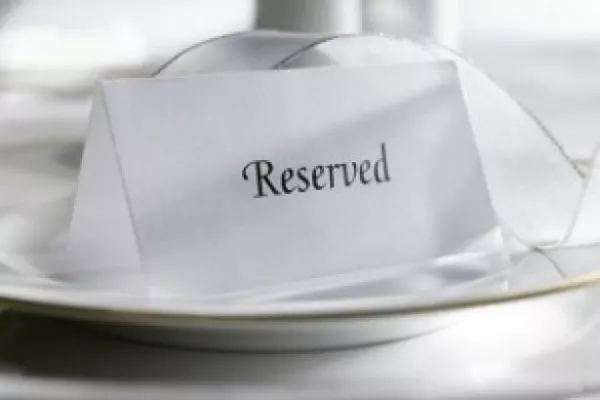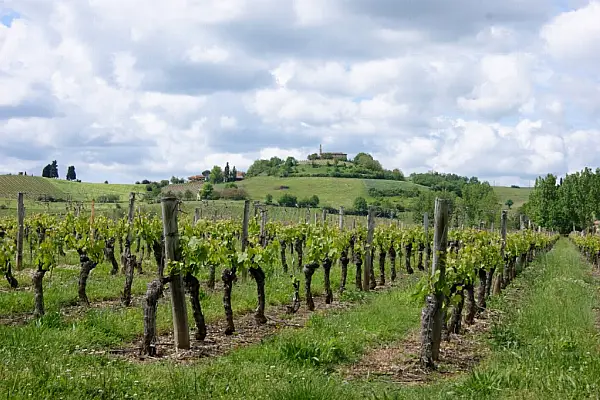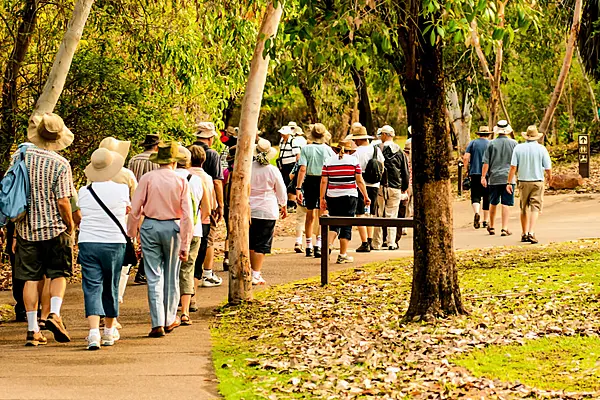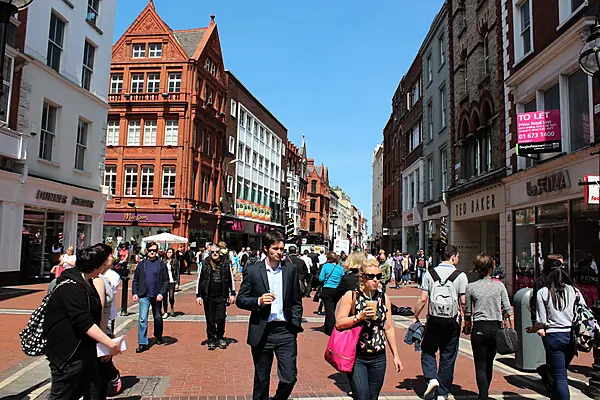Noma had it all: four-time winner of the title of World’s Best Restaurant, two Michelin stars, a destination for diners from around the world, fame, acclaim. And then chef Rene Redzepi shut it down last February.
He’s only moving it about a mile down the road in Copenghagen to a new site, but that short hop has taken a year. Redzepi is creating a new Noma, setting aside many of the achievements of the past 14 years in search of new ideas and a new approach to food.
“Now everything is at stake,” Redzepi says. “When you actually move like we do, you lose everything. Michelin stars are gone. Rankings are gone. Everything is gone. But we still have our creativity.”
To be sure, the name will still be Noma, and Redzepi has a strong, international reputation. He is known as a creator of New Nordic cuisine, with contemporary gastronomy based on seasonal, local ingredients and a modern interpretation of cooking traditions. He prefers to describe his food simply as Nordic.
The next incarnation opens on Feb. 15, and competition for tables is cutthroat. Another batch of reservations—for tables available in May—will open at 4 p.m. local time on Jan. 18. Reservations for the first 10 weeks sold out in hours in November. There won’t be any shortage of diners ready to pay 2,250 kronor ($364) per person for a seafood menu that might feature delicacies such as cod sperm.
If you think Noma’s popularity is exaggerated, there was a self-reported waiting list of 27,000 when Redzepi opened a 10-week pop-up version in Sydney in 2016. That was dwarfed only by the 62,000-strong list in Tokyo a year earlier.
Why bother with the hassle, expense and risk?
“Routine can be comforting, but it’s also a killer for your creativity,” Redzepi says over lunch at Restaurant Barr, which now occupies the original Noma site. “It was time to change, not just the physical address but shedding off the old routine, moving into something new, building a small urban farm.”
The new Noma will cycle through three menus: seafood, vegetarian and game. Redzepi and his team have traveled across the Nordic region in search of new ingredients, suppliers and ideas.
“We are finding all these seaweeds and crustaceans and fish that—even though we feel we are specialists in our region—we have never seen before,” he says. “From weird plants to shells to the eyeball of a fish.”
Redzepi says he found a way to cook sea cucumber, and he is also using cod, which featured in traditional Danish dishes he grew up with. “Cod is like a king of fish,” he says. “The inside of it, the face of it, the swim bladder, the stomach, the roe, the sperm. We have been working with all of this.”
He is still figuring out the menu. Nothing is confirmed, so if cod sperm is your thing, don’t get your hopes up. He’s also not releasing any images of the new restaurant to retain an element of surprise.
Over a lunch of bone marrow with salted gherkins and parsley, washed down with beer, he can hardly wait to show off the new site and offers me a lift on the front of his delivery bike.
We head off to Christianshavn, a historic neighborhood known outside Denmark for the Christiania anarchist enclave. Redzepi keeps up a running commentary on the way. The restaurant site was once a depot for naval mines, beside an embankment and overlooking a lake. Now, it’s a building site. We walk through mud and duck below scaffolding. The discovery of an old wall delayed construction, but—fortunately for Redzepi—it turned out to have no historical significance.
“We have to open on Feb. 15, or else it is over,” he says. “There is no more cash flow. There’s no more bank loans. There is no more nothing. That is the top of the delay that we can handle as a tiny organization.” Eighty people now work for Noma, including cleaners, dishwashers, himself and his wife, Nadine, whom he met when she was a waitress at his restaurant.
The restaurant will sprawl across seven non-adjoined rooms, all connected with glass roof-like panels, so it feels as if you are going outdoors when you walk between them. The area is flooded with natural light—well, more of a trickle than a flood on a winter’s day in Denmark. A greenhouse is being installed on the roof of the original depot building, and there is land down to the edge of an adjacent lake, though Noma will continue to buy most vegetables from its regular suppliers.
There’s a meat room, a fish room, a room for fermentation, a prep kitchen, a barbecue, staff quarters, and a private dining room. There’s no shortage of space on the site but the main restaurant will continue to seat just 40 people, in addition to between eight and 16 more diners in the private room. “It’s a good number,” Redzepi says.
Redzepi’s stake in Noma is 35 percent. He says his main partner, Marc Blazer, is the ideal business partner because of his interest in food and his commitment to Noma’s values. Blazer is chairman and CEO of New York-based Overture Investment Partners, a firm with interests in hospitality and consumer businesses.
“I would prefer to shut than just to have a long range of backers who can go uptown and say that they are” Noma investors, Redzepi says. “I want people that are involved in this. If people were not working for the project, then I would never want them.”
Isn’t he ever tempted just to cash in on Noma’s success?
“We have had plenty of lucrative offers,” Redzepi says. “It might be hard to believe, but I am doing fine. I have a house. I live with Nadine’s mother, my three children and Nadine. It is a 200-square-meter (2,150 square foot) house and we get to travel. We don’t own cars. We have very limited expenses.”
And don’t get your hopes up for a pop-up in the U.S. “It’s not in the books,” Redzepi says. “There are many other places that we look at first. There are places in Asia.”
Richard Vines is chief food critic at Bloomberg.









